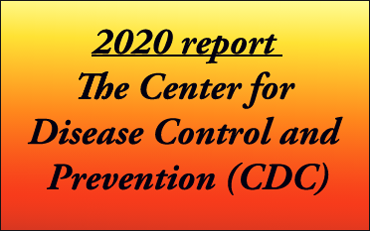Physical Issues
Motor/Speech issues
Motor issues - Many children with autism have motor issues and can be helped with music therapy. Trevor’s motor issues result in awkwardness in gait and coordination, which is helped by RAS. Other children with autism can have a hard time coordinating between the left and right sides of their bodies when attempting to do something with two hands, such as playing a drum. But with practice and enjoyment, the skill can be mastered. Playing a musical instrument helps develop fine motor skills and, in Trevor’s case, helped both his coordination and his ability to learn music. Many small percussion instruments can easily be played without prior knowledge of the instrument. This is why Mrs. Hopkins uses a variety of small percussion instruments in her studio when she works with specific music therapy techniques.
Speech issues – Many children with ASD are nonverbal but can be helped therapeutically with rhythmic breathing, uttering rhythmic sounds, and finally rhythmic words that can lead to speech. Trevor has full speech capability, but he still enjoys making up his own “silly sounds.” These sounds would mirror physical actions when he was young, such as spinning in circles while he recited the “Skally ally ally ally” phrase. Sometimes children with ASD have a hard time initiating speech and fall into a form of communication called echolalia, where they suddenly repeat something they’ve heard. It can be difficult for others to try to decipher at times, but generally there is real intent. This book’s author experienced an example of echolalia when she was first teaching a young child with autism to play the piano. At one point, while sitting on the bench, the child, seemingly out of nowhere, exclaimed, “Oh, my diamonds!” The child’s mother immediately said, “Oh, she heard that in a movie. One of the cartoon characters drops her diamonds and says, ‘Oh, my diamonds!’ So whenever my child drops something, that’s what she says.” Once the intent is discovered, the meaning becomes clear.
